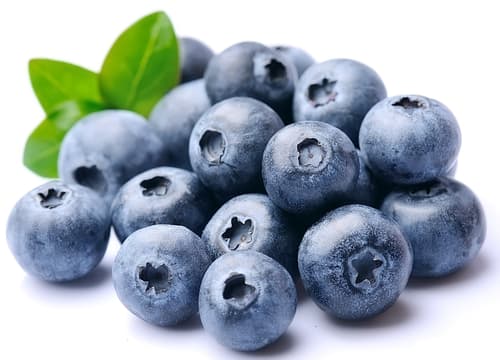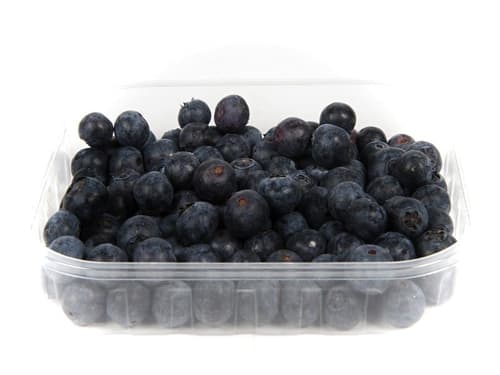We source locally for the freshest groceries you can trust.
- Description
- Composition
- Similar products
- More from this brand
- Recipes
The blueberry, a multifaceted fruit that impresses not only with its intense color.
Origin
The blueberry (Vaccinium) is a genus of plants to which about 500 species belong and which are mostly native to the northern hemisphere. The blueberry native to our country (regionally also blueberry, blackcurrant, mollberry, wild berry, forest berry, bickberry, tickberry or mossberry) belongs to the species Vaccinium myrtillus and is mainly at home in Europe.
Description
The fruits of the blueberry plant are round, fleshy berries, which are mostly red or blue when ripe. The best-known representative of blueberries is the cultivated blueberry, which is now widely cultivated and is a cultivated form from North America. The common feature of all cultivated blueberry varieties is the bright blue to black-blue fruit skin. The pulp is whitish. The berries have a white bloom on the surface, this coating is caused by microscopically small wax particles that are formed in the fruit skin, transported outwards with the respiratory water and deposited there.
Use
Blueberries are excellent for fruit salads, baked goods or in dairy products such as yogurt or shakes. Blueberries are particularly suitable for jellies or jams due to their high pectin content.
Storage
To extend the shelf life of the berries, fresh blueberries can be easily frozen, with hardly any loss of quality.
Storage recommendation
Berries have a short shelf life. They stay fresh the longest when stored consistently cool and dry, ideally unwashed in a shallow container in the refrigerator. It is important to make sure that they are not in their own juice or in condensation water, as this promotes mold growth.



